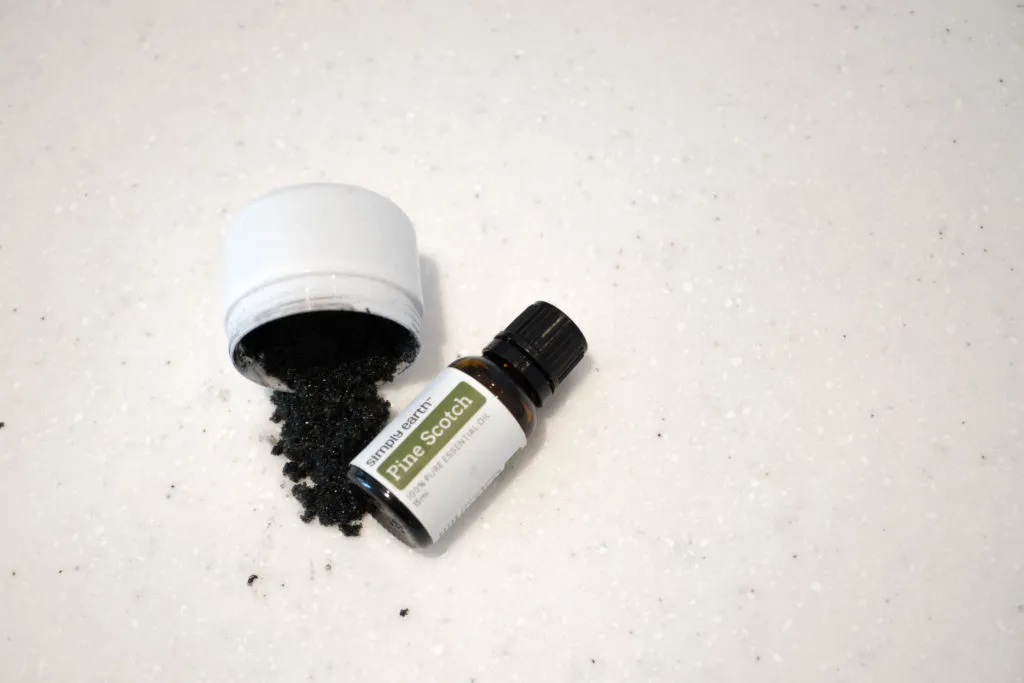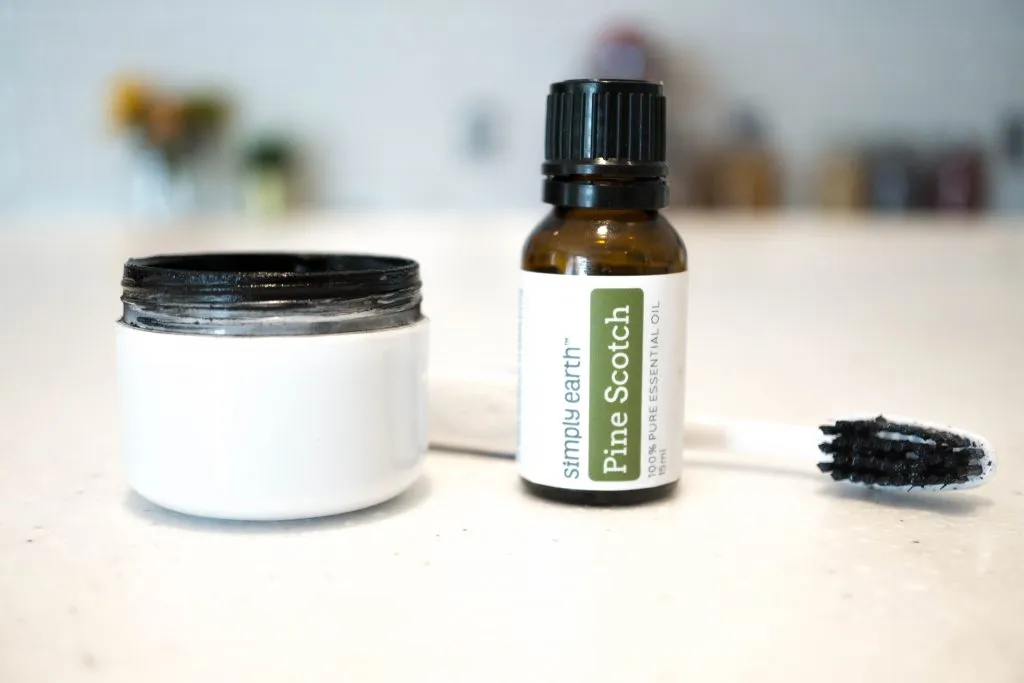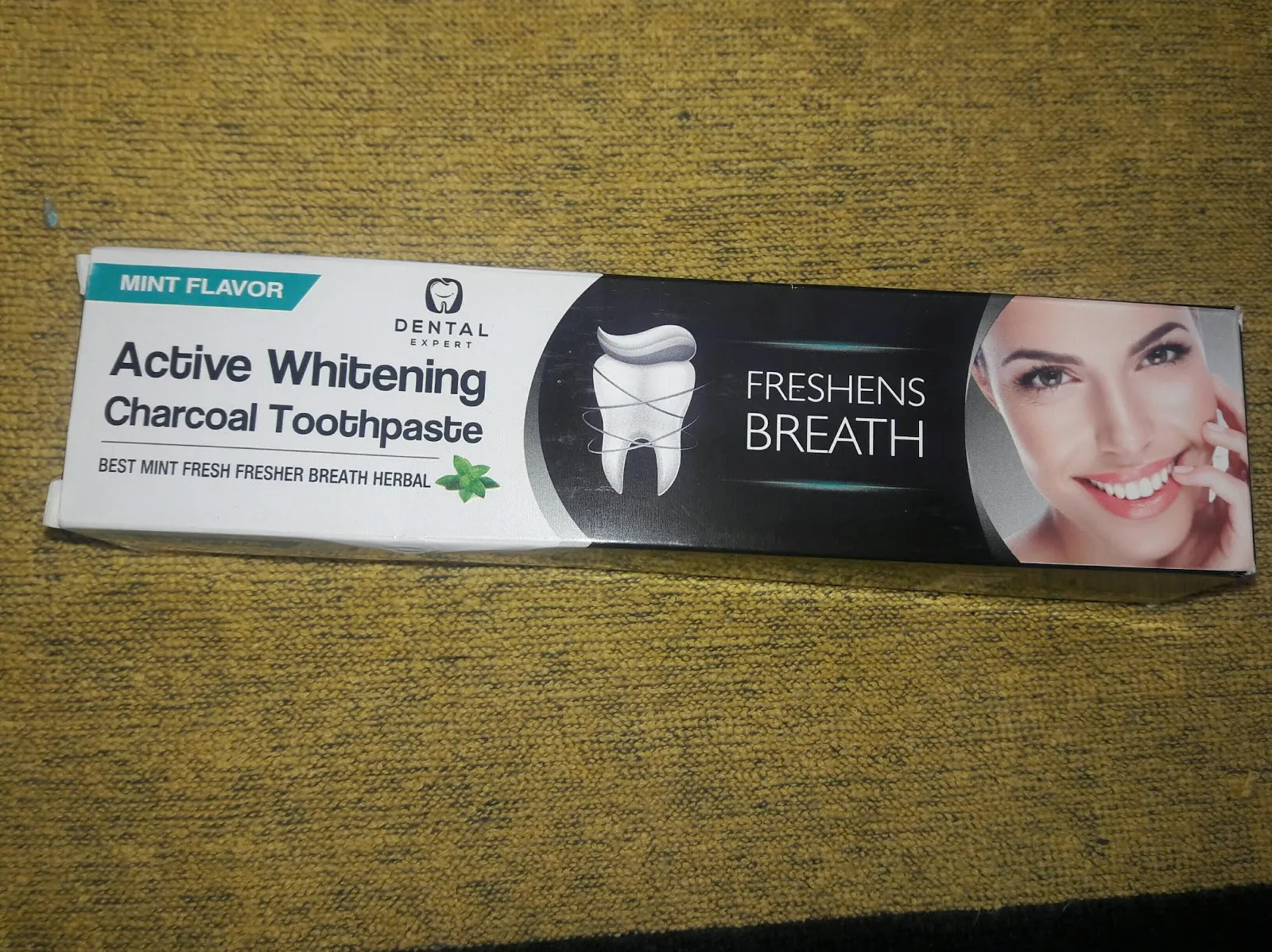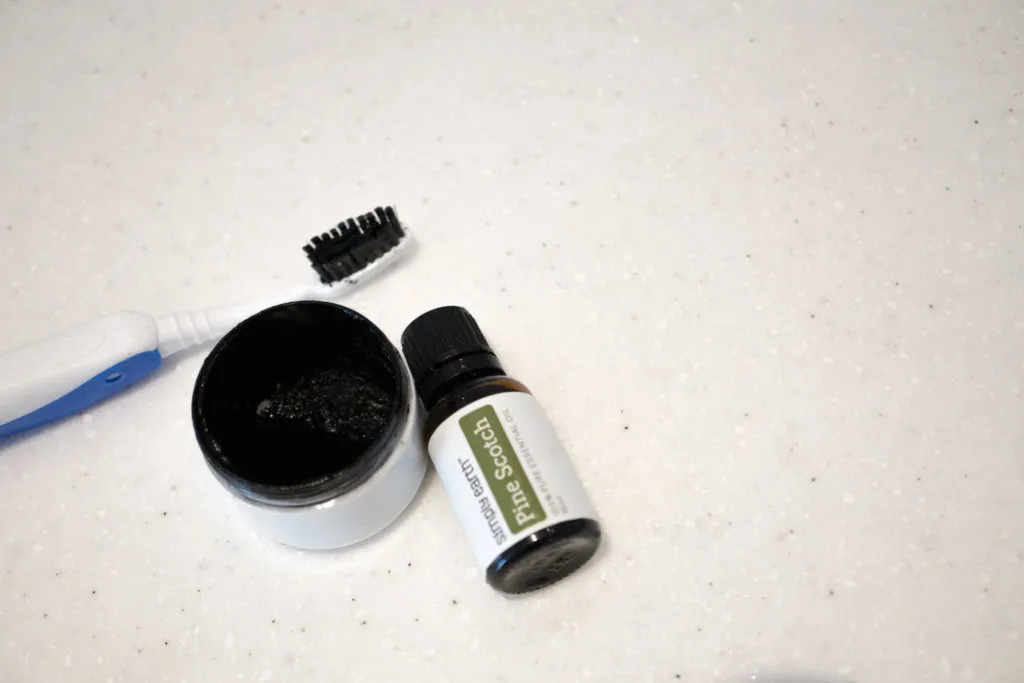What is Charcoal Toothpaste
Charcoal toothpaste has gained popularity as a teeth-whitening product in recent years. It typically contains activated charcoal, a fine, black powder derived from sources like coconut shells, wood, or other materials. This activated charcoal is processed to have a porous structure, which helps it to absorb substances. In the context of oral hygiene, it’s believed that the charcoal can help to remove stains and impurities from the surface of your teeth. However, it’s important to understand the mechanism of action. It’s not a bleaching agent like some professional whitening treatments, but rather a gentle abrasive that can aid in the removal of surface stains caused by things like coffee, tea, and certain foods. The effectiveness can vary greatly from person to person, based on their oral hygiene habits, the type and severity of staining, and the concentration of charcoal in the toothpaste. Remember that while it may offer cosmetic benefits, it is not a substitute for regular dental check-ups and professional cleaning.
Benefits of Charcoal Toothpaste
The main appeal of charcoal toothpaste is its potential to whiten teeth. The abrasive nature of activated charcoal can help to scrub away surface stains, leading to a brighter smile. Many users report a noticeable improvement in the appearance of their teeth after regular use. Beyond whitening, some users find that charcoal toothpaste helps to freshen breath. The charcoal can absorb odors, leaving your mouth feeling cleaner. Some formulations may also contain other ingredients that contribute to overall oral hygiene, such as fluoride for cavity protection or essential oils for added antibacterial benefits. However, it’s crucial to be aware that while these benefits are often cited, the scientific evidence supporting them can be limited. Always consult with your dentist to determine if charcoal toothpaste is suitable for your specific oral health needs and to discuss its potential benefits and drawbacks. It’s also worth noting that charcoal toothpaste may not be suitable for everyone, particularly those with sensitive teeth or certain dental conditions.
How to Use Charcoal Toothpaste Step-by-Step

Using charcoal toothpaste is similar to using any other toothpaste, but there are a few key steps to ensure you use it effectively and safely. Following these steps will help you maximize the benefits while minimizing any potential risks. Proper technique is essential to achieve the best results. It’s important to be thorough but gentle, avoiding excessive pressure that could damage your enamel or gums. Remember that consistency is key when it comes to oral hygiene. Make charcoal toothpaste a part of your daily routine, along with regular flossing and professional dental check-ups.
Step 1 Wet Your Toothbrush
Start by thoroughly wetting your toothbrush with water. This helps to soften the bristles, making them more gentle on your teeth and gums. Avoid using hot water, as it can potentially damage the bristles. Wetting the toothbrush also prepares the surface for the toothpaste, allowing it to spread more evenly. Ensure all bristles are adequately moistened before proceeding to the next step. A properly wetted toothbrush is a crucial first step, ensuring optimal performance and minimizing potential abrasion.
Step 2 Apply the Charcoal Toothpaste
Apply a pea-sized amount of charcoal toothpaste to your wet toothbrush. A little goes a long way with charcoal toothpaste. Overusing it won’t necessarily enhance the whitening effect, but could increase the abrasiveness. Ensure the toothpaste covers the bristles adequately. If you are using a charcoal toothpaste that is a powder, dip your wet toothbrush directly into the powder and shake off any excess. This ensures the right amount of product is used. Avoid applying too much pressure when squeezing the toothpaste onto the brush, as this can lead to waste. With the correct amount of toothpaste on your brush, you are now ready to begin brushing.
Step 3 Brush Gently

Brush your teeth using gentle, circular motions. Avoid scrubbing vigorously, as this can erode your enamel and damage your gums. Spend about two minutes brushing, making sure to reach all surfaces of your teeth. Pay special attention to the gumline, where plaque and bacteria tend to accumulate. Brush your tongue gently to remove bacteria and freshen your breath. Make sure you’re covering all areas of your mouth in a gentle, circular motion. This will ensure your mouth gets a proper cleaning. Avoid excessive force, which can lead to sensitivity or damage. Maintain a consistent, gentle brushing technique throughout the entire process for optimal results.
Step 4 Rinse Thoroughly
Rinse your mouth thoroughly with water after brushing. Spit out the charcoal toothpaste and rinse until all traces of the black residue are gone. It’s important to ensure that no toothpaste is left behind. This will also help to remove any loosened plaque and debris. Make sure your mouth is completely clear of charcoal toothpaste. Also, clean your toothbrush thoroughly under running water to remove any charcoal particles. A clean toothbrush will help ensure that your next brushing experience is just as effective as the first. Proper rinsing is a crucial step to ensure your mouth is clean, refreshed, and free of any residual toothpaste or debris.
Step 5 Repeat Daily
Brush your teeth with charcoal toothpaste at least twice a day, ideally in the morning and before bed. Consistency is key to seeing results. Make it a part of your daily routine. Combine it with other oral hygiene practices, such as flossing and using mouthwash, for optimal results. Regular use helps maintain a clean and healthy mouth. Over time, you should notice an improvement in the whiteness of your teeth and overall oral hygiene. Consistent use, along with good oral hygiene, will maximize the benefits of using charcoal toothpaste. Make sure your charcoal toothpaste is part of your normal routine.
Tips for Effective Charcoal Toothpaste Use

To maximize the benefits of charcoal toothpaste, consider these additional tips. Use a soft-bristled toothbrush to prevent damage to your enamel and gums. This will help to avoid excessive abrasion during brushing. Brush gently and avoid scrubbing your teeth vigorously. Focus on removing surface stains without being too aggressive. Be patient, as it may take several weeks or months to see noticeable results, depending on the severity of the stains. Consider using a mouthwash designed to complement charcoal toothpaste. It will help to maintain a clean mouth. If you experience any sensitivity or irritation, reduce the frequency of use or consult your dentist. Combining these tips with a consistent routine will help you achieve a brighter and healthier smile.
Choosing the Right Charcoal Toothpaste
When choosing a charcoal toothpaste, look for a product that contains fluoride for cavity protection. Fluoride is essential for strengthening enamel and preventing tooth decay. Check the label for the concentration of activated charcoal. A higher concentration doesn’t necessarily mean better results, and can potentially lead to increased abrasiveness. Consider the other ingredients in the toothpaste. Some products contain additional ingredients like essential oils or other whitening agents. Read reviews and check the brand’s reputation. Make sure the company is reputable and the reviews are positive. If you have any sensitivities or concerns, consult your dentist for recommendations. The right charcoal toothpaste can provide optimal whitening without causing any adverse side effects. With the right information, you can make a decision that is right for your specific needs.
Considerations Before Using Charcoal Toothpaste
Before incorporating charcoal toothpaste into your oral hygiene routine, there are a few considerations to keep in mind. Consult with your dentist before using charcoal toothpaste, especially if you have sensitive teeth, gum disease, or any existing dental issues. Your dentist can assess your specific needs and provide personalized advice. Be aware that charcoal toothpaste may not be suitable for everyone. If you experience any sensitivity, discontinue use and consult your dentist. Consider that the abrasive nature of charcoal toothpaste could potentially damage enamel. It’s very important to brush gently. Avoid excessive pressure when brushing and be patient; it may take time to see results. Using charcoal toothpaste without guidance can lead to unintended consequences, so use with care.
